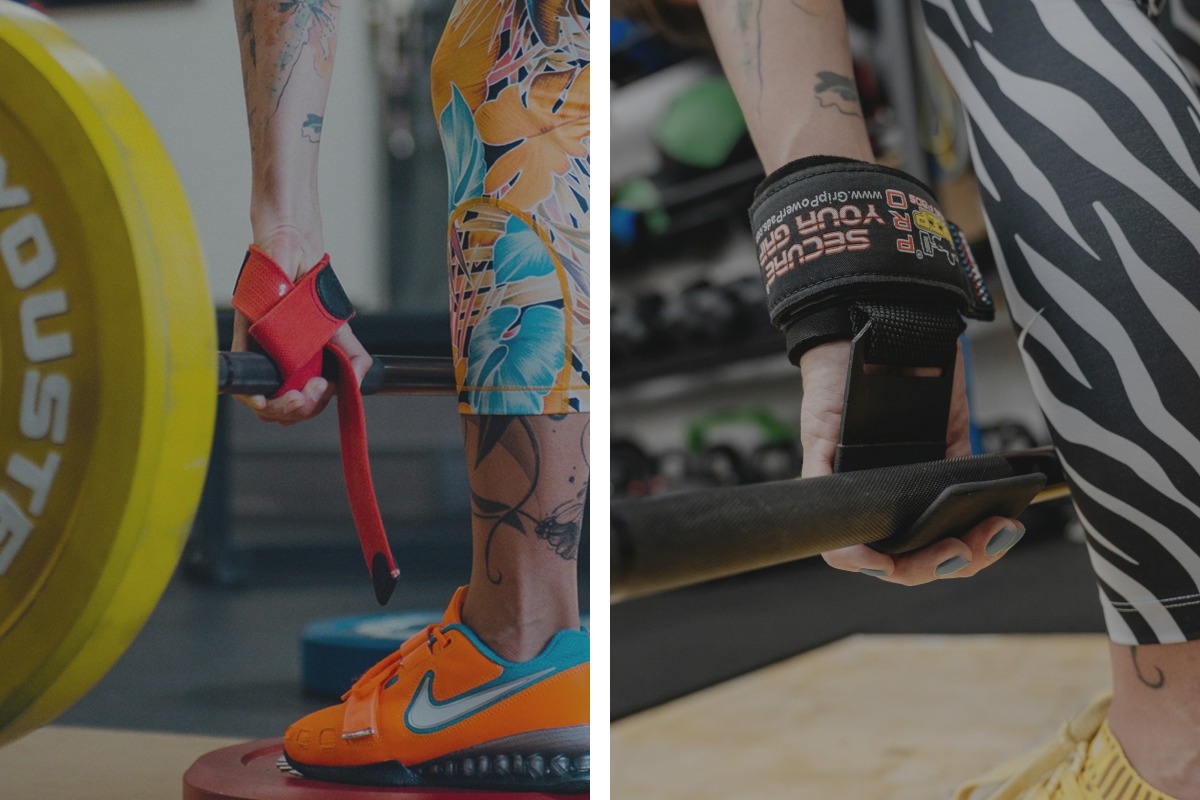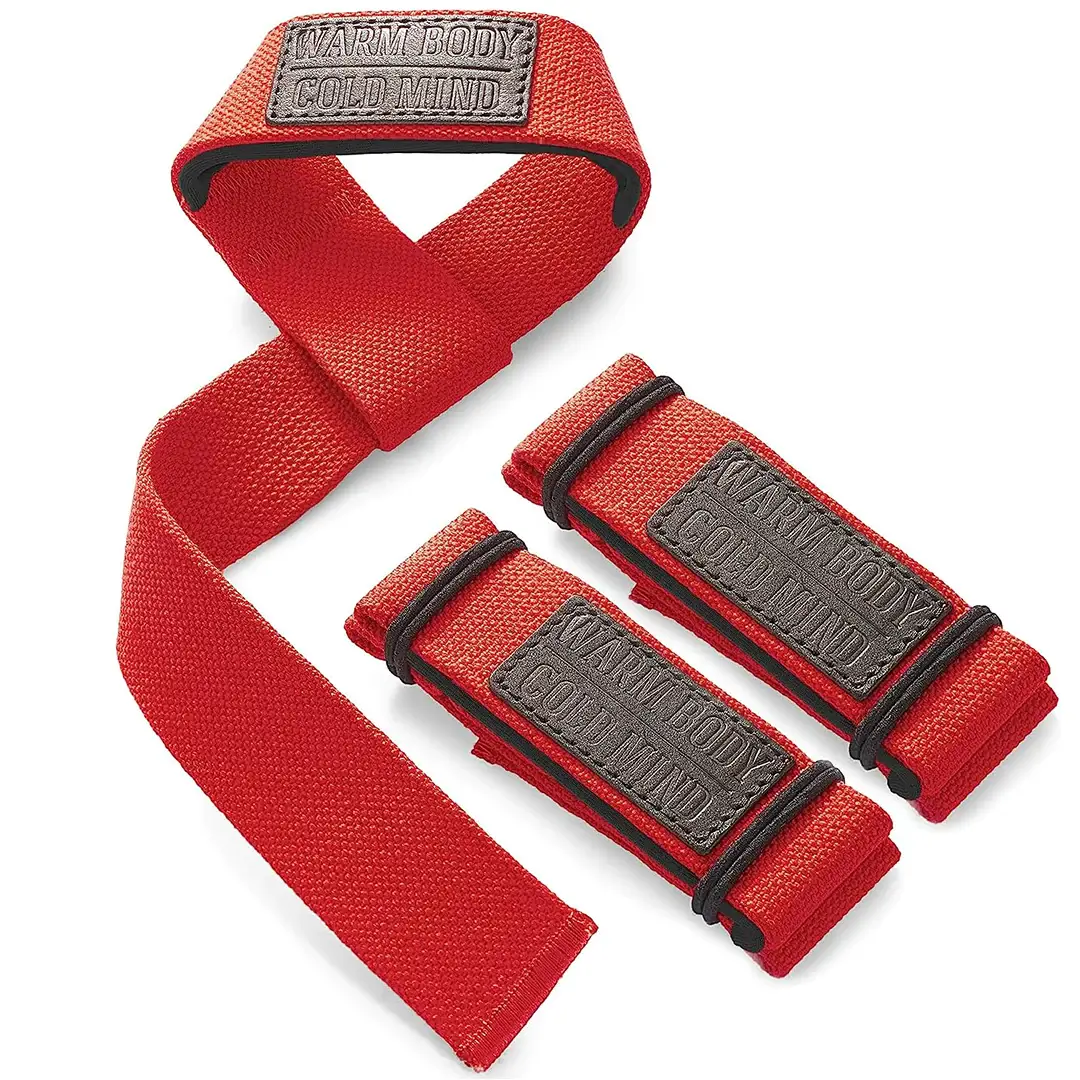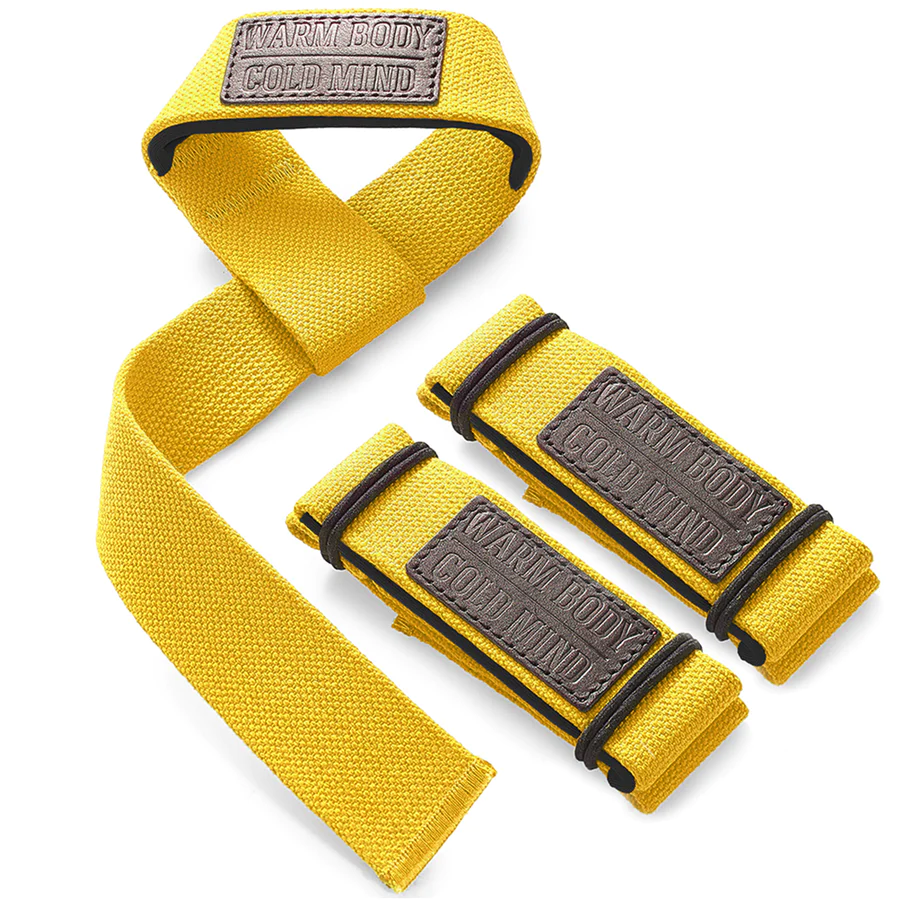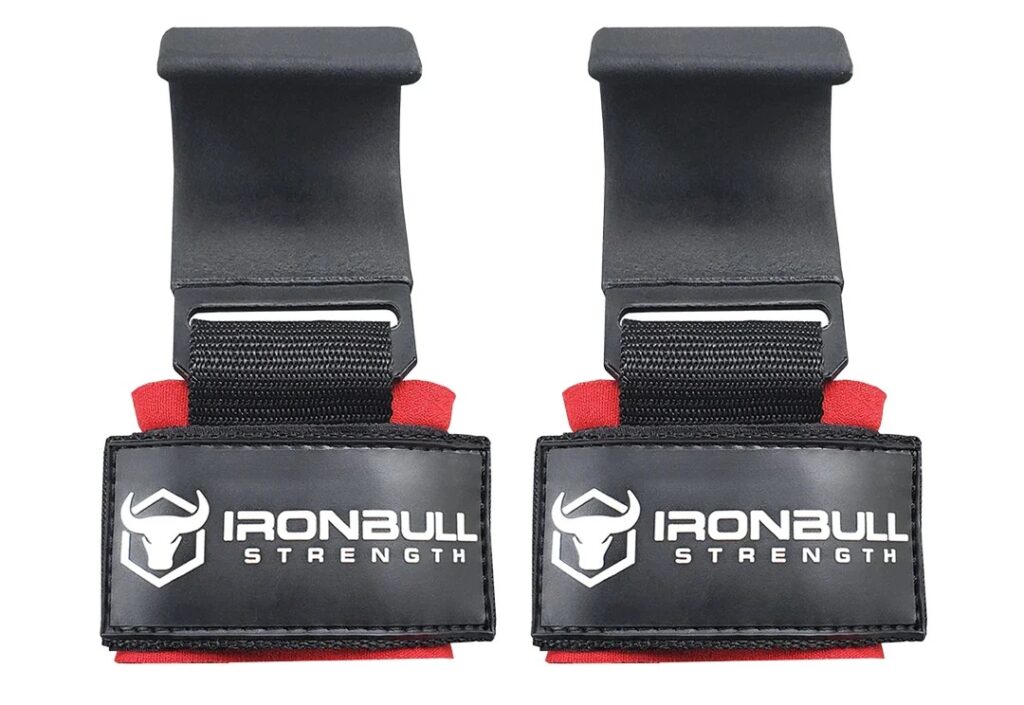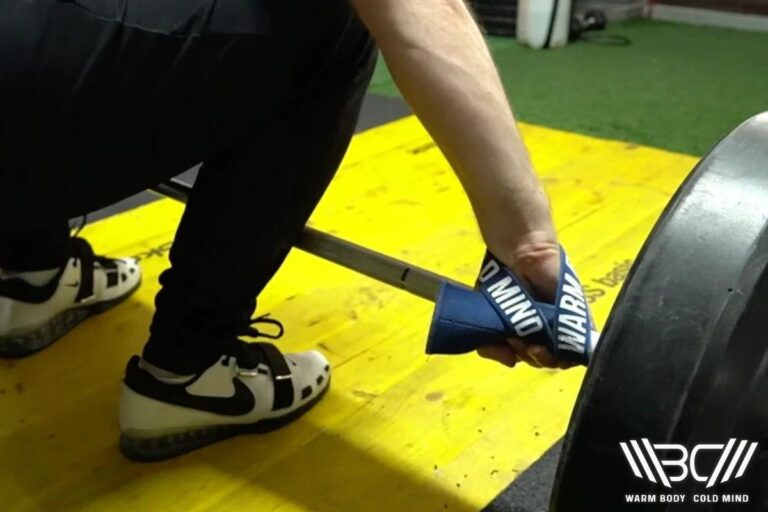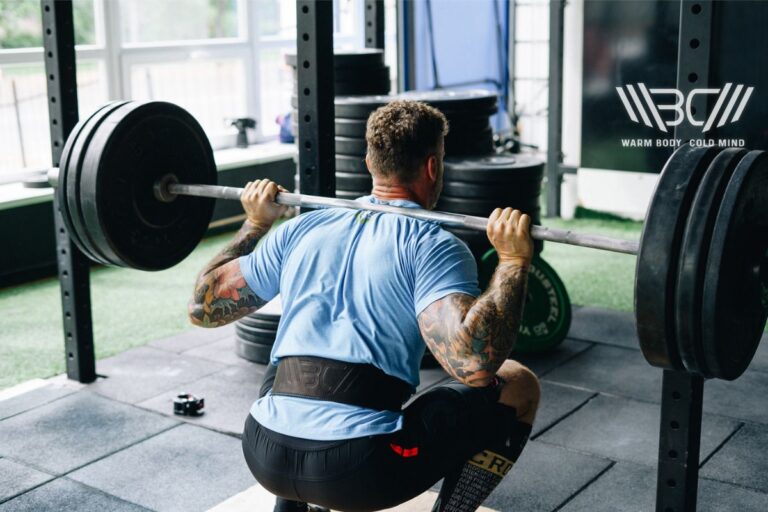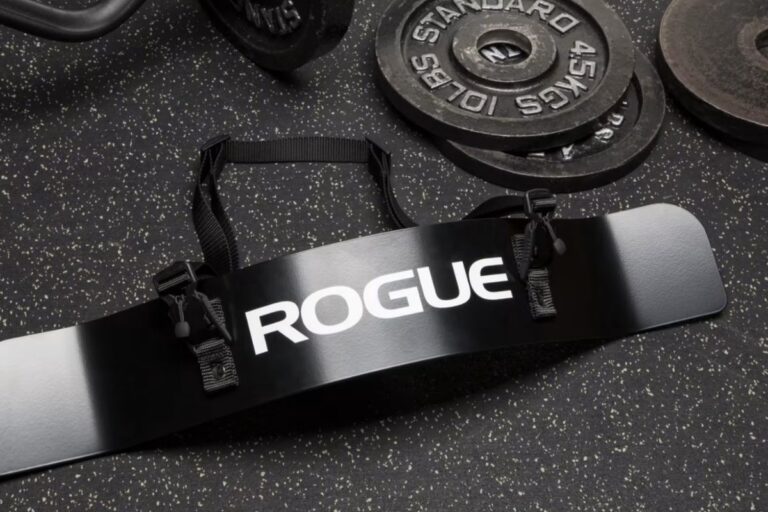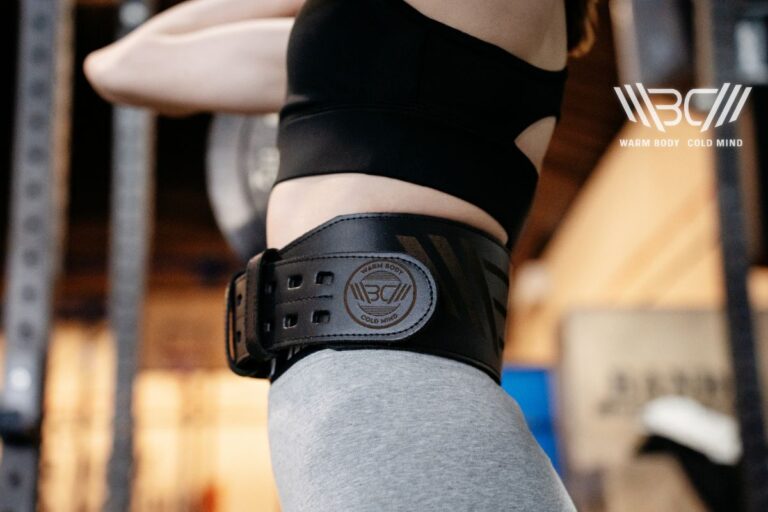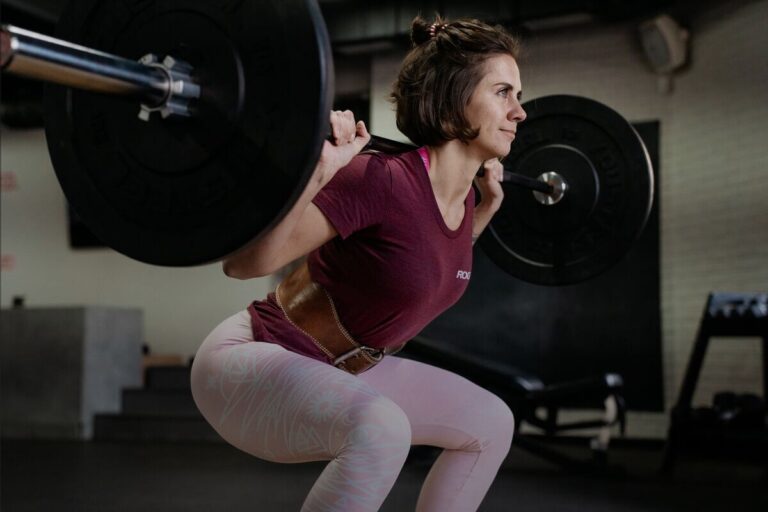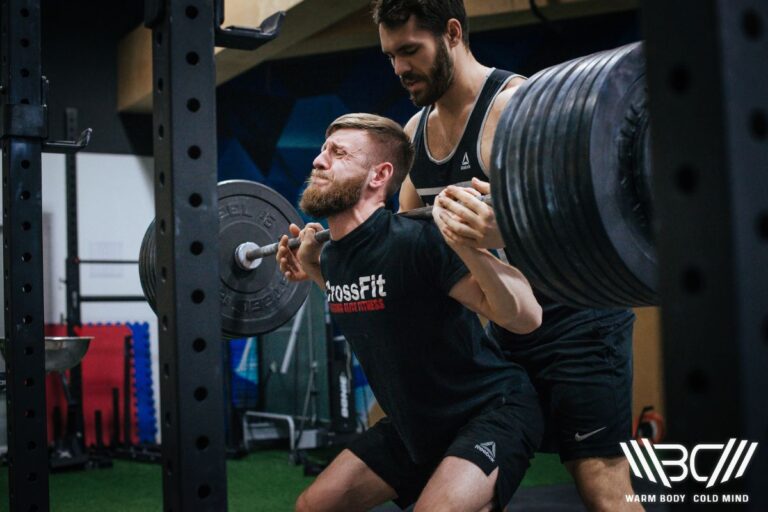Lifting Hooks vs Straps – What’s Best For You?
So many accessories make their way into weightlifters’ hands, it’s hard to keep track of them sometimes. However, the ones you’ll usually see are used to enhance the strength of their grip and to make lifting easier on their joints and arms. This is why lifting hooks vs straps became a thing – which is better?
You can ask this question in a room full of weightlifters and you’ll hear a lot of different opinions. And that’s completely normal, because although they both serve a purpose, they’re not that similar and different people prefer different things. If you want to know which is better – there’s no answer to that question. It depends solely on your preferences and the workouts that you do.
What is the difference between lifting hooks vs straps? – Lifting hooks are plastic or metal tools that hook around the barbell and completely take the load off your grip. Lifting straps are fabric or leather straps that wrap around your wrist and the bar to help secure your grip, but still require some hand strength.
You most likely can’t decide between the two, right? That’s fine because we’ll delve into what each of these tools are, how they can help you, what their advantages are and, in the end, which can work better for you.
Grab a protein shake, and let’s settle this weightlifting straps vs hooks debate!
What Are Lifting Hooks?
If you’re inexperienced and have stumbled upon some lifting hooks (sometimes also called lifting straps with hooks), you could notice how intimidating they can look. They look like wrist straps with hooks.
But lifting hooks are far from being dangerous or hard to use. They’re specialized weightlifting accessories that are designed to alleviate the strain on your grip when you do heavy lifts.
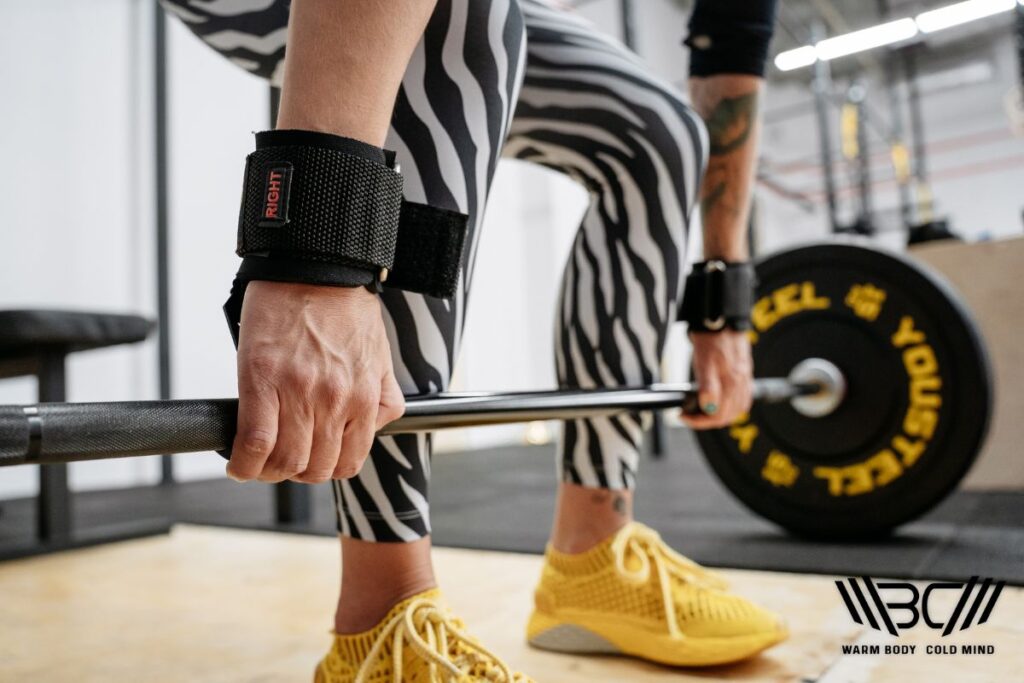
They have a curved or hook-shaped metal or plastic component that attaches to the barbell, dumbbell or weight machine and they help your grip so your main focus can be on the lift.
Lifting hooks are very useful when you lift weights that exceed your grip strength and allow you to focus on the muscles you want to target instead of being distracted by the strength of your hands (or lack of strength).
Pros and Cons
Lifting hooks are very simple and effective and have a lot of advantages. They give a lot of grip support and allow you to lift weights that are heavier than what you would normally be able to lift because with lifting hooks, you don’t have to worry about the strength of your hands. This can lead to improved muscle engagement and overall better performance.
But they do have some drawbacks. If you rely on them too much, you can hinder your grip strength development and that can potentially lead to weaker grip muscles. Also, if you don’t use them properly, you can end up injured so you need to make sure to use them cautiously and make your form and technique a priority.
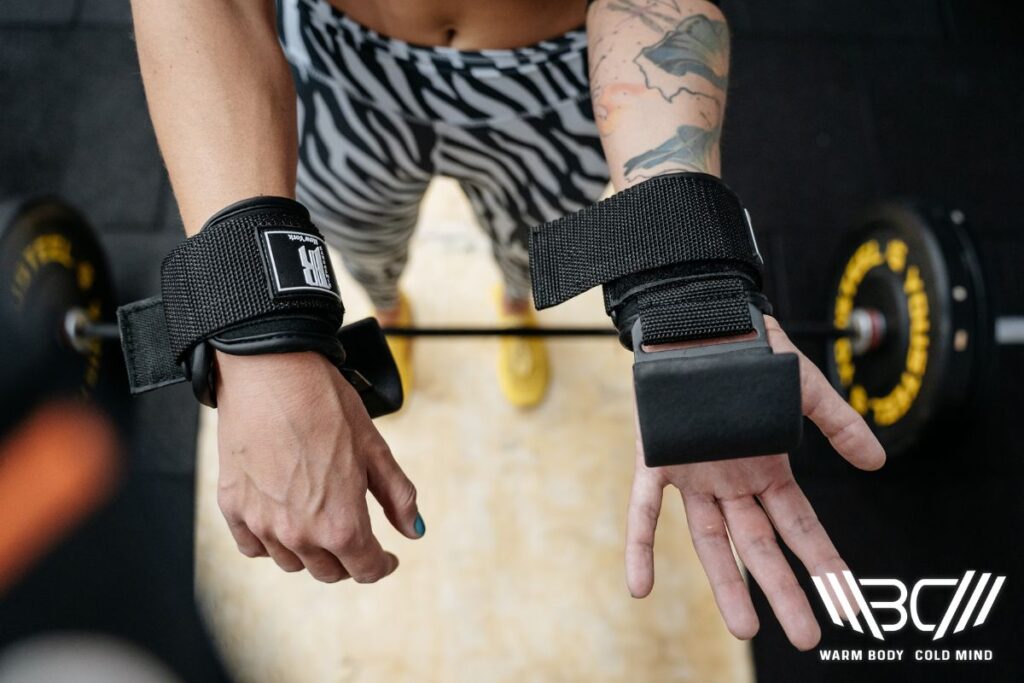
Another big downside is that hooks make bailing from an exercise harder. Unlike just gripping the bar with your hands, you can’t release it quickly if you’re using lifting hooks. This can increase the risk of accidents in situations when you need to quickly let go of the bar.
As amazing as they are, lifting hooks should never be used as a crutch. They’re here to complement your grip strength, not replace it.
Who Can Use Lifting Hooks?
Well… Pretty much everyone who is into strength training. Lifting hooks
are versatile and can benefit a lot of people, although people usually connect them to lifting very heavy weights. But their uses go beyond that.
They’re especially good for people who struggle with the strength of their grip, like beginners or people with hand injuries, wrist injuries, or conditions and can prevent calluses and blisters.
Weightlifters who do deadlifts, shrugs or heavy rows will find lifting hooks helpful, as well.
Of course, bodybuilders and powerlifters can also greatly benefit from lifting hooks, so they can maximize their muscle engagement without being limited by grip strength.
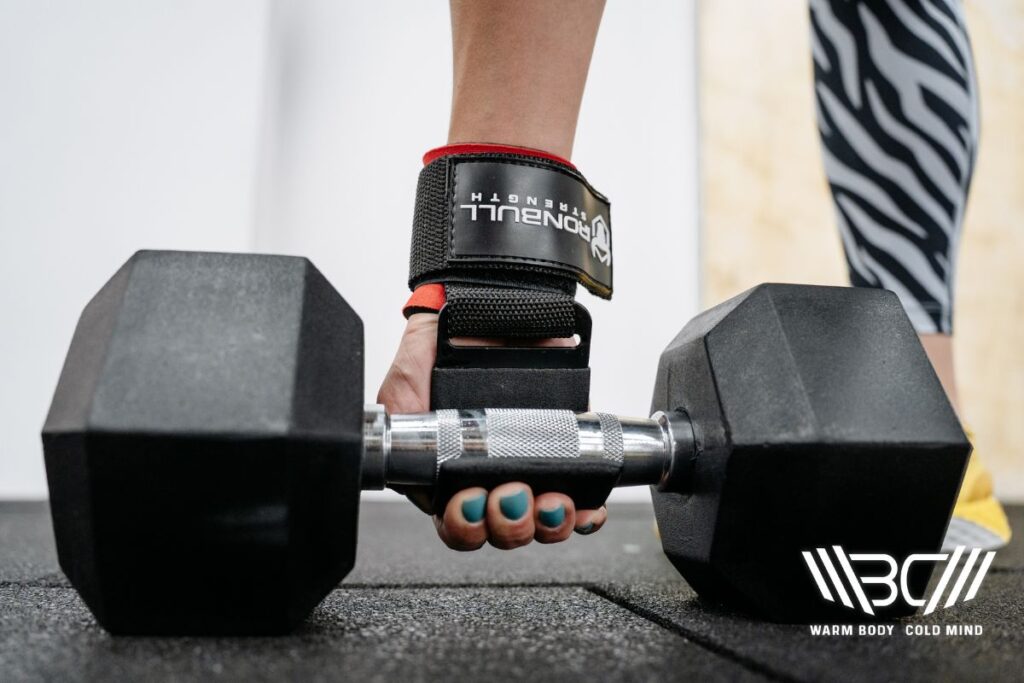
What Are Lifting Straps?
If you take a peek inside a weightlifter’s gym bag, there’s a big chance you’ll find a pair of straps in it. A lot of people who are into strength training and weightlifting regularly use lifting straps. They’re very simple and easy to use once you get the hang of the wrapping technique.
They’re made to enhance your grip and support during lifting. Lifting straps usually consist of a strong material (mostly nylon or cotton) with a loop at one end and an open end that can be wrapped around a barbell, dumbbell, etc.
With lifting straps, you have a more secure grip on the weights, which means you can lift more weight and do more reps.

Cotton Lasso Lifting Straps Pro
Enhance your lifting experience with Warm Body Cold Mind lasso lifting straps designed for durability and comfort.
Pros and Cons
They come with a lot of advantages, but there are also some downsides to be aware of.
As previously mentioned, their main focus is enhancing your grip and performance. They basically alleviate the grip as a limiting factor so you can focus on your performance. And with the grip being more secure, they’re also very good at preventing accidents and injury.
Another great thing about lifting straps is that they can allow your muscles to spend more time under tension, which is very important for muscle growth.
If you use them too much, however, they may prevent you from mastering proper lifting techniques because you’re relying on the straps too much. Also, keep in mind that straps are not suitable for all workouts, especially those that need a more dynamic grip.
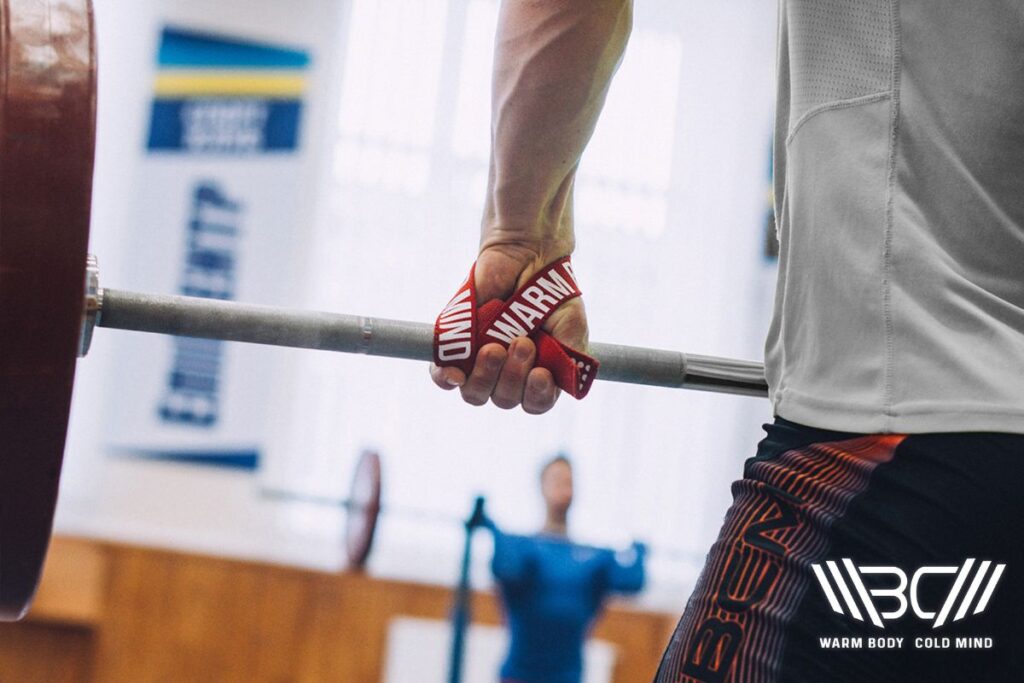
Who Can Use Lifting Straps?
They’re ideal for anyone who wants to lift heavier weights or break through plateaus but generally, there’s a wide range of people in strength training and weightlifting that lifting straps are suitable for.
Experienced lifters use straps to target specific muscle groups and extend their time during tension. Also, athletes that are recovering from injuries find them useful, too.
Lifting Hooks vs Straps: What Is Similar and Different
Both of these accessories are valuable, and both have their uses. However, their design and function are different and they’re suitable for distinct purposes.
Let’s compare them to make the choice between them a little easier.
1. Grip
Lifting hooks will allow you to lift heavy weights without relying on the strength of your hands and fingers. They provide an alternative grip by attaching to the bar or weight.
Straps, on the other hand, focus on supporting your wrists while the grip is mostly up to your hands.
2. Comfort
As far as comfort goes, things are not so black and white as far as which one is the winner. Hooks are easier to attach and provide an instant grip, but since they transfer the weight directly onto the wrists, they can be less comfortable than you would expect them to be.
Some people find straps more comfortable because they provide a more natural grip and feel, which is understandable, as they distribute the weight evenly across your wrists and hands.
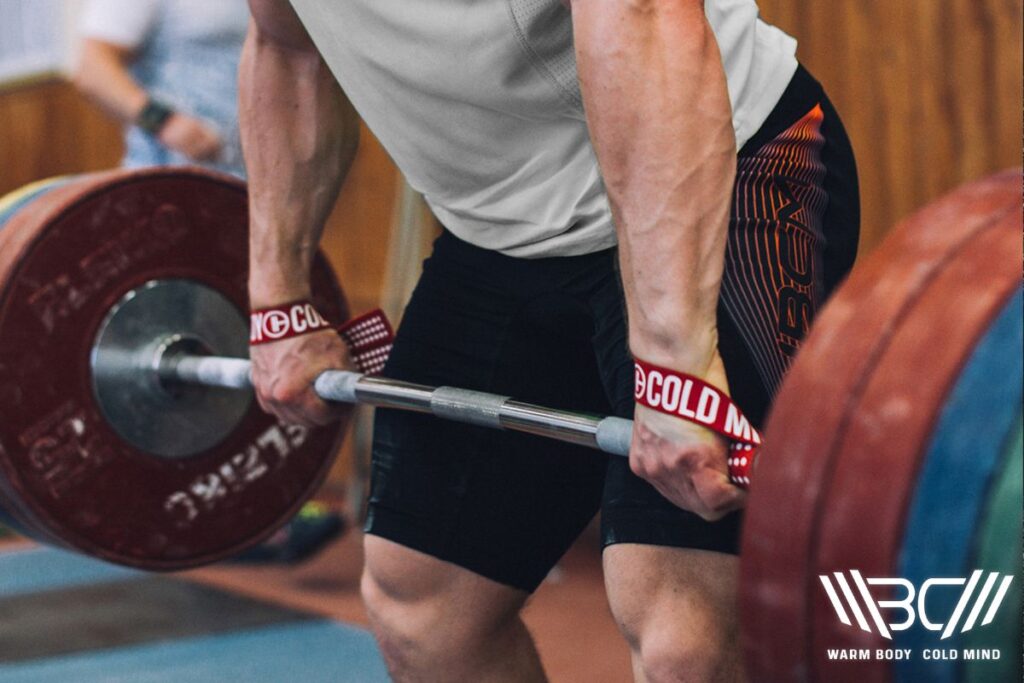
3. Versatility
If you want the most versatility possible, then straps are the way to go. They can be used for a lot of different workouts, including pull-ups, lat pulldowns and overhead presses.
Hooks are more specialized for exercises like deadlifts and rows where maintaining grip can be an issue.
4. Weight Distribution
Hooks are better at reducing the load on your hands because they distribute the weight evenly across your arms. Straps’ main focus is supporting your wrists.
5. Learning Curve
If you’re a beginner, then hooks will be a better choice because they’re easier to use and they also need less technical skill and hand strength. Straps take some time to get used to and the wrapping technique is not something you can master overnight.
Subscribe!
The latest reviews of must-have home gym training equipment, apparel, and supplements that will enhance your performance and bring you new results.
How to Use Lifting Hooks: 6-Step Guide?
Using deadlift hooks is easy, but there are still some things you need to pay attention to to get the most out of them.
1. Make the Right Choice
A very obvious first step, but let’s mention it anyway. Make sure to pick lifting hooks that are appropriate for your lifting capacity and the type of workouts you want to do. Check that they’re in good condition and don’t have any damage.
2. Adjust Them
Most lifting hooks come with adjustable straps, so you can make them fit you better. Place the strap around your wrist and make sure it’s snug, but not too tight that it restricts your blood flow. The hook should hang freely from the strap.
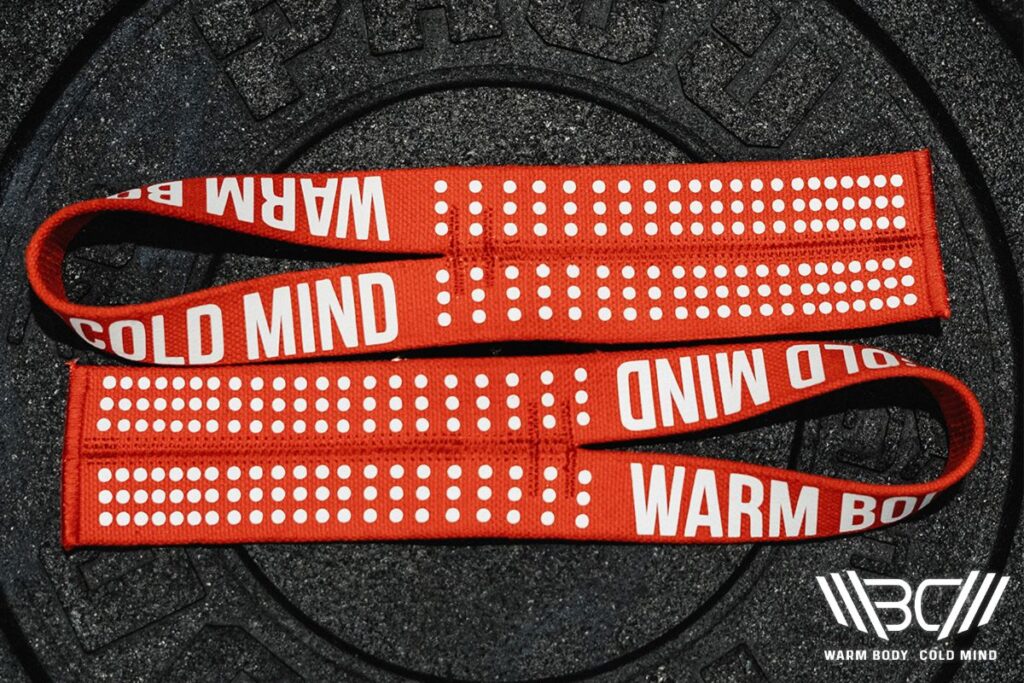
3. Position the Hook
Place the hook under the barbell or weight. It should be securely latched onto the bar and the weight should hang from the hook.
4. Grip the Bar
After you have attached the hooks, wrap your hands around both the hooks and the bar. Make sure your hands are positioned comfortably and securely.
5. Lift
Check that the grip you have on the bar is secure and once you do, confidently lift the weight. Make sure your focus is on your technique and form, and the hooks will take care of the grip.
6. Release the Hooks
When you’re done with your set, first make sure that the bar is safely placed down. Then, you can take the lifting hooks off. Unhook them from the bar and carefully release them.
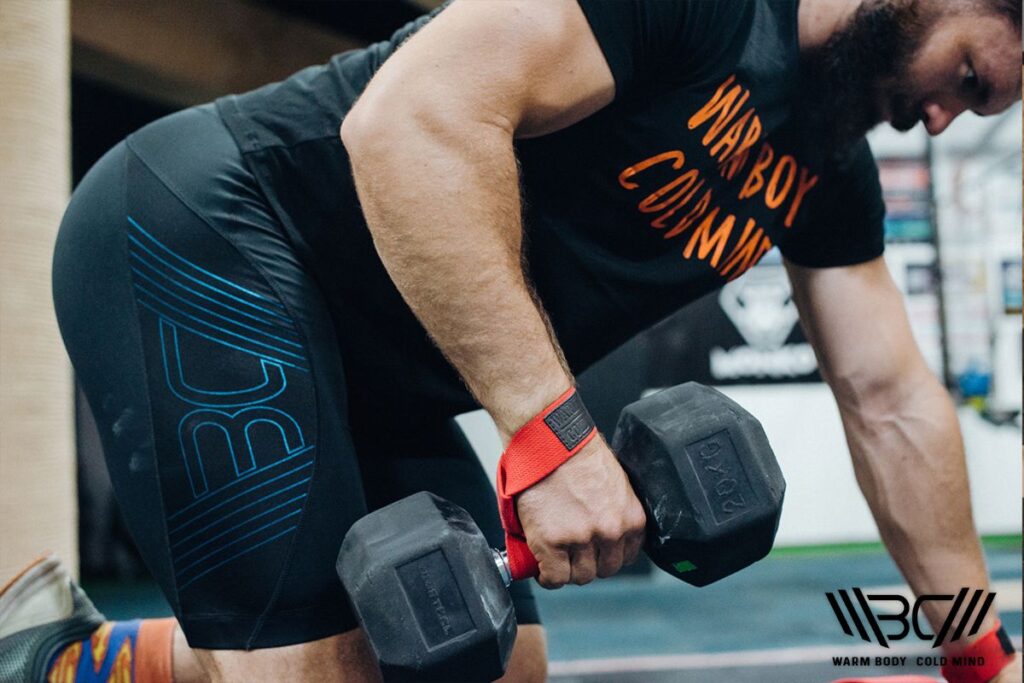
How to Use Lifting Straps: 8-Step Guide
Wraps are a little harder to use, but they’re amazing at providing support for your wrists. Of course, just like with lifting hooks, you should use them only to help your grip and make the workout easier on your wrist joints. Make sure to develop hand and forearm strength over time and use lifting straps strategically.
1. Choose Correctly
Like with lifting hooks, the first step towards successfully using straps is to pick the ones that are right for you. Match the straps to your lifting capacity and your workouts and make sure they’re in good condition (without frays, loose thread, etc.).
2. Thread the Strap
You should start by threading the loose end of the lifting strap through the looped end to make a secure loop. The loop should be wide enough so that your wrist is comfortable.
3. Wrapping
Now it’s time to wrap. Slide your hands through the lifting straps’ loops and place the straps comfortably around your wrists. The loose end should be left to hang freely.
4. Approach the Bar
Grip the barbell or weight the same way you normally would. With one hand, take one end of the lifting strap and place it onto the bar. Make sure it lies completely flat.
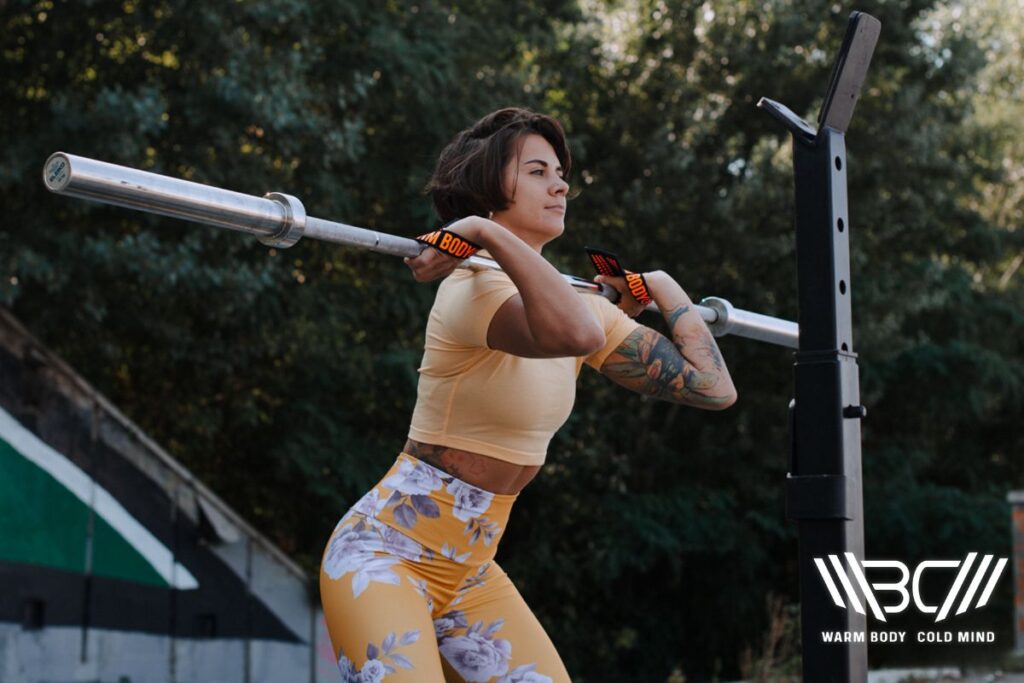
5. Wrap the Strap Around the Bar
Now you need to finish wrapping. Start with the excess material and wrap it around the bar in a twisting motion. If you see a bit of strap’s length hanging after one full rotation, that’s okay. make sure the wrap is smooth and consistent around the bar.
6. Adjusting Tension
Now, you need the strap to create a secure grip that doesn’t strain your hands. Cinch the strap until it’s snug around the barbell and then adjust the tension to what feels comfortable for your hands.
7. Lift
Since your wrists are supported by the straps, you can now actually get to lifting. Your focus should be on your form and technique.
8. Releasing
When you’re done with your set, carefully release the straps’ tension and unwrap them from the bar. Before you let go of the straps, make sure the weight is on the ground.
Don’t forget to check them on a regular basis to see if they show any signs of damage or wear. If you see anything that can compromise their functionality, replace them immediately.
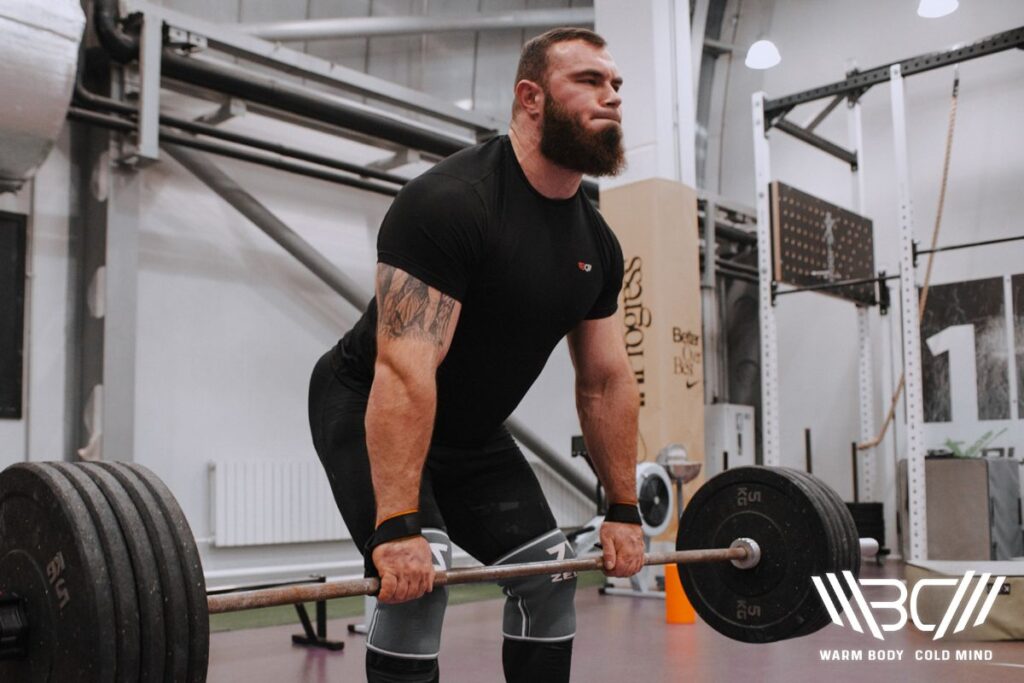
Lifting Hooks vs Straps for Deadlifts
When it comes to deadlifts, both wrist hooks for weightlifting and lifting straps are a good choice. But some people might benefit more from hooks, while others may prefer straps.
In short – if grip strength is an issue for you or you lift extremely heavy weights, then lifting hooks are a better choice for you. The grip security they give is unparalleled.
On the other hand, if you want something versatile that you can use for a lot of different exercises, then you may want to opt for straps. They do a great job at supporting your wrists, and they’re ideal for anyone looking for a balance between grip assistance and versatility. While they don’t provide the level of grip strength hooks do, they can still improve it and make the lift easier on your joints.
There are some other things to take into consideration apart from grip strength and versatility when it comes to comparing lifting straps vs lifting hooks, so let’s take a closer look at the main three categories and see how both hooks and straps excel in each.
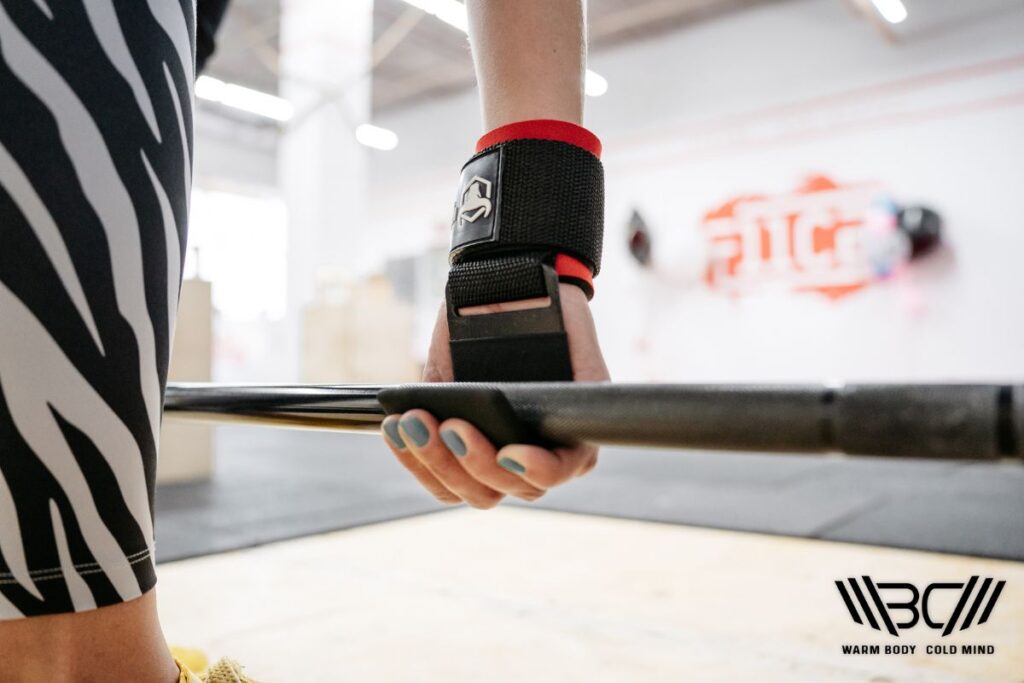
1. Quick Attachment
Hooks are very easy to attach and they’re ideal for a quick setup. Straps need a bit more time to be wrapped and adjusted.
2. Focus and Fatigue
Both reduce grip fatigue. Hooks will allow you to focus on your form and muscle engagement and straps will help with a more secure grip, so your attention can be on the muscles you’re trying to target, which promotes more concentrated efforts during lifts.
3. High Reps
For high-repetition deadlift workouts, you can’t go wrong with lifting hooks. They will give you a consistent, secure grip. Straps, however, are good for both heavy single lifts and high-repetition sets.
Top Rated Lifting Straps and Hooks
1. WBCM Basic Lasso Weightlifting Straps
The WBCM straps’ design is based on the experiences of Olympic athletes, so there’s no doubt that they’re highly functional and user-friendly.
They’re made in Ukraine and their design provides exceptional wrist support. The added support is great for boosting your wrist strength and that can improve your performance overall.
These straps are made of a combination of cotton, soft neoprene, and authentic leather. This means that they’re breathable, durable and can be adjusted in a snap.
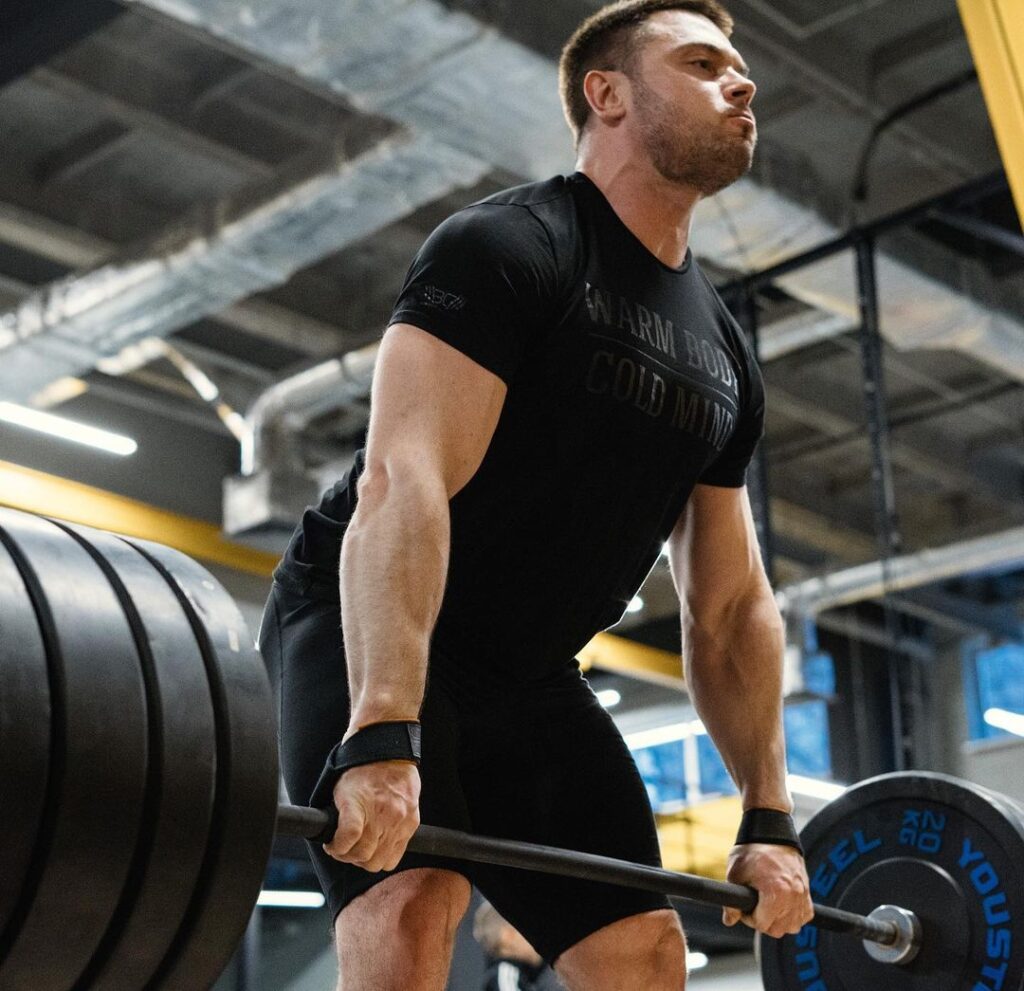
Another impressive thing about them is that they come highly recommended by world-class athletes and champions. If you’re concerned about how they perform, this recommendation is proof that they’re absolutely fantastic.
You’ll need to break them in a bit before they become fully comfortable, but this is usually the case with durable straps, so it’s not really an issue.
Pros
- Design based on the experiences of Olympic athletes
- Breathable and durable
- Exceptional wrist support
Cons
- A bit stiff before you break them in
2. IRONBULL Lifting Hooks
These ergonomically designed weightlifting wrist hooks are as durable as they come. Ironbull designed them to provide maximum grip and support, especially for exercises like deadlifts and rows.
They’re very comfortable – they have a thick neoprene wrist support pad, which reduces any pressure points on your wrists and makes sure you’re as comfortable as possible during those heavy lifts. They’re adjustable and the hook-and-loop closure makes them stay firmly in place.
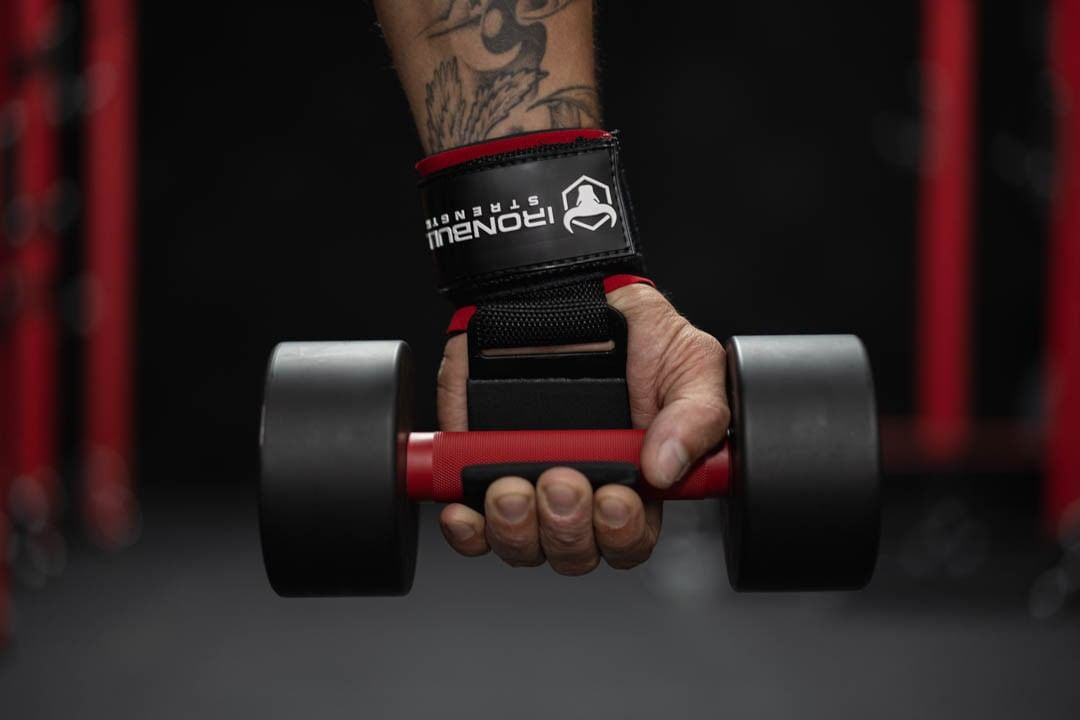
They can withstand over 500 lbs. of weight and they’re also more versatile than you would expect from lifting hooks – you can easily use them for deadlifts, pull-ups, rows, shrugs, etc.
Since they’re made of steel/neoprene and have an anti-slip rubber coating, they’re heavy-duty and don’t move or shift. They’re sold in pairs, and the nylon webbing they have makes them extra durable.
You’ll only find them in two colors, but all things considered, these are almost flawless.
Pros
- Ergonomic design
- Very durable
- 500+ lbs. weight capacity
- Anti-slip coating
Cons
- Only two colors available
FAQ
Are Lifting Hooks Better Than Lifting Straps?
Not necessarily – they both have their own set of advantages. Hooks provide a very secure grip while straps are versatile and support your wrists. It’s best to try both and then decide what would work better for you.
Can You Use Lifting Hooks for Pull-Ups?
Technically, you can, but you really shouldn’t. If you’re using lifting hooks for pull-ups, they can limit your ability to quickly disengage from the bar if you need to, which can lead to accidents.
Are Weightlifting Hooks Cheating?
They’re not. They are a tool made to help with grip support during heavy lifts and they can help you maintain correct form and lift heavier weights safely.
Conclusion
Now you know (almost) all there is to know about lifting straps and lifting hooks! Hopefully, you can now easily make the correct choice on weightlifting hooks vs straps and upgrade your workout routine. For those of you that still can’t decide – you can get both and then combine them. Find which tool works best for each of your workouts and then use them accordingly.
What do you think about this topic? Have you tried lifting hooks and straps? Which do you prefer and for what workouts? Have you noticed any improvements in your performance or technique since using either of them?
What do you think are the best hooks for lifting?
I look forward to hearing from you!
References:
- “Wrist pain”; Mayo Clinic, https://www.mayoclinic.org/diseases-conditions/wrist-pain/symptoms-causes/syc-20366213 (accessed 18 September, 2023).
- Dan Michael, “How to Get Rid of Calluses From Lifting”; Men’s Health https://www.menshealth.com /fitness/a19547550/how-to-treat-calluses-from-lifting/ (accessed 18 September, 2023).
- Chris Sherwood, “Blisters on Hands From Working Out”; Live Strong, https://www.livestrong.com /article/499649-blisters-on-hands-from-working-out/ (accessed 18 September, 2023).
- Shirley S.M. Fong PT/PhD, Louisa M.Y. Chung RNutr/DHSc, Yang Gao MD/PhD, Jeff Chak Wai Lee BHE, Tak Ching Chang BHE, Ada W.W. Ma/PhD, “The influence of weightlifting belts and wrist straps on deadlift kinematics, time to complete a deadlift and rating of perceived exertion in male recreational weightlifters”; National Library of Medicine, https://www.ncbi.nlm.nih.gov /pmc/articles/PMC9282110/ (accessed 18 September, 2023).5)
- Ivan Jukic, Amador García-Ramos, Jiří Baláš, Jan Malecek, Dan Omcirk, James J Tufano, “Ergogenic effects of lifting straps on movement velocity, grip strength, perceived exertion and grip security during the deadlift exercise”; National Library of Medicine, https://pubmed.ncbi.nlm.nih.gov/33306977/ (accessed 18 September, 2023).
Author: Jacek Szymanowski
Performance architect, S&C movement specialist.
Jacek Szymanowski is a highly respected sports nutrition expert with a Master’s degree in Biotechnology. His innovative approach combines lifting and fighting strategies to help athletes optimize their performance. As a Strength and Conditioning Movement Specialist, he is dedicated to reducing injuries in athletes. His specialist training in Nutrition for Athletes equips him to provide expert advice on dietary habits and nutrition for peak performance.

